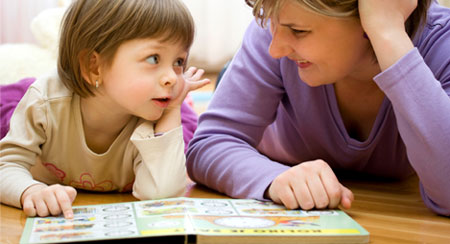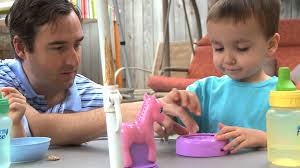The Developmental, Individual Differences, Relationship Model or DIR model is one of the most successful methods of starting the schooling and learning needs of kids with special abilities. Out of all the ways and means developed by various institutes to help autistic kids lead a normal life and provide for everything on their own, the DIR model is the widely used ones with the best success rate. The model primarily involves helping the development of neurobiological factors that can otherwise create a barrier in between parents and kids.

The developmental defines making activities that can help in the communication of kids with their loved ones. The symbols, languages, and signs that can help them communicate the immediate needs are taken care of in this part. The individual differences include the use of things that catch their natural interest and attention and use them for learning. R or Relationship refers to relationships with caregivers that are the vehicle for affect-based developmentally appropriate interactions.
The idea basically revolves around the parents, teachers, siblings and other loved ones engaging in a floor time therapy that is pleasurable and educational at the same time. Spending time in an environment that is comfortable for the child and doing things that are of his/her natural interest can open up their prospects of learning to a large extent.
This can further help the parents and the therapists to ensure that the steps taken in their learning and education are going in a positive way and develop lessons on the same path.
The sessions can either be taken in a formal environment or an informal one depending on the comfort level of the child. Most of the teachers in the special education school are very well versed with this model and adopt in on daily basis with their students to develop a long-term understanding of them.
The sessions also involve the presence of parents to a large extent so that they learn ways and means of communicating and learning with their kids in a constructive environment. This can open up a lot of barriers to communication that is otherwise present in between the parents and the child.




